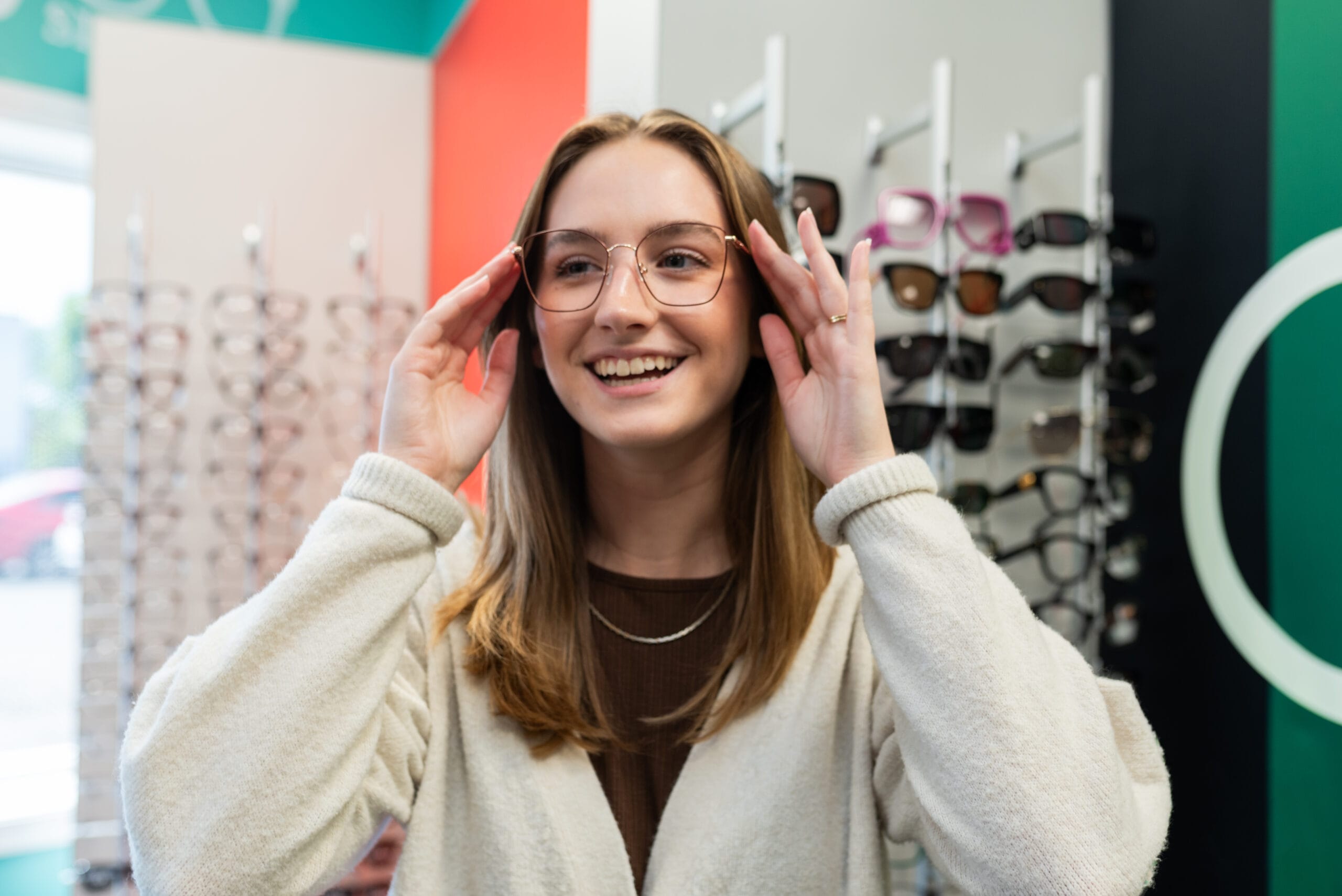As a graphic designer, I spend serveral hours in front of a computer screen. Even when I am not in front of the computer (which is rare), I am checking my iPhone or playing games on my iPad. All of this “iTechnology” is great, but they are affecting the very thing pronounced in their names, the eye.
Even if you are not an Apple product user, the sales of smart phones, tablets and e-readers have grown substantially in the past couple of years – meaning a lot of us are harder on our eyes these days. Researchers are finally learning about the long-term risks. The screens are brighter and built for long-term use, which may not be so beneficial in the long run.
The hazard in using these tablets, e-readers and devices is the same as with TV or a computer screen: blurry vision. Computers and e-readers only add more time; with the portability of these devices a lot of us are spending more time on tablets and e-readers than we do on the computer.
Research teaches us that our sight is taught to read 3D images from birth. As we grow, our vision teaches our brains how to see the world in 3D. With e-readers, smart phones, tablets and computers being 2D, our eyes strain to process the 2D images. Small doses of this will not have any long term effects on our vision. Most people aren’t only getting small doses, though. E-reader owners will read chapters of e-books at a time, which could cause long-term damage.
The effect is “computer vision,” a condition of blurry vision that is caused by over use of 2D digital screens. Over the past few decades, computer vision cases have increased dramatically. Tablets and e-readers are only speeding the growth rate of computer vision cases. More and more users are experiencing headaches, blurry vision, and eventually permanent nearsightedness.
So I guess the only the solution is to sell all of our tablets, e-readers, computers, and televisions, right? Good one, right? There are simple solutions to reduce the damages and still be able to enjoy them.
An annual eye exam at Dr. Tavel will assure that you are seeing with optimum vision. Dr. Tavel offers special “Computer Glasses” that will make focusing on any screen more comfortable. Special lens treatments will reduce glare and reflections (indoor or outdoor), which will dramatically reduce eyestrain.
Take a break often. Our eyes need to focus on 3D objects every 15-20 minutes to reduce the strain on our eyes. Take 15 seconds to focus on an object at least 15 feet in the distance before returning to the screen. This is called the 15-15-15 rule and it gives your eyes a chance to rest. You should feel the benefits of this immediately.
New devices are coming out daily and consumer trends show no sign of slowing down. There is no reason we can’t enjoy what technology has to offer. We just need to be aware of the affects they have on our body and our eyes.
